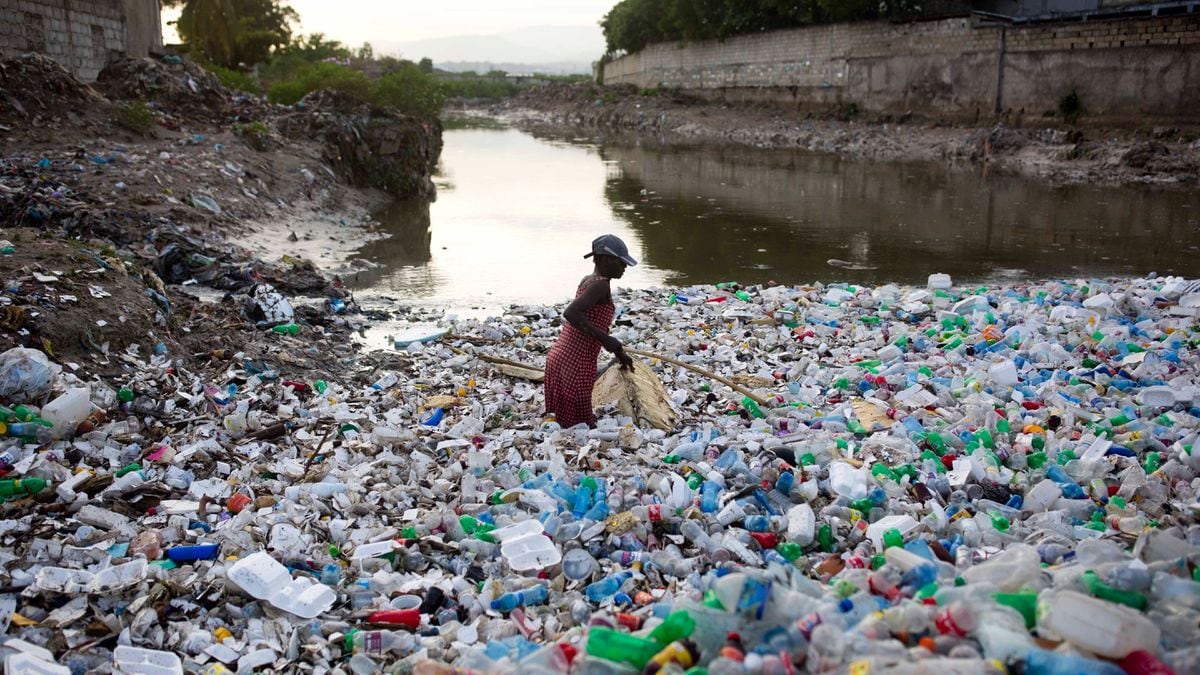Energy crisis makes Bavarian cities rethink: plastic tracks instead of ice - but is that sustainable?
Created: 2022-11-02 10:27 p.m
By: Thomas Eldersch
Due to the energy crisis, many cities are now turning to synthetic ice rinks.
© Marcus Brandt/dpa/symbol image
Ice skating season is about to start again.
But against the background of the energy crisis, the ice rinks are still up to date.
Some cities go different ways.
Erlangen/Munich – For many people, winter time is ice skating time.
The most beautiful thing is when you can run your laps in the open air on frozen lakes and ponds.
But this is often not possible, especially in big cities.
That is why artificial ice rinks are often used there.
However, these cost a lot of electricity and water, which is an expensive proposition given the energy crisis.
But there is an alternative.
Energy crisis: Bavarian cities rely on plastic ice rinks
Plastic ice rinks could become the new trend of winter 2022.
Many Bavarian cities are already considering switching.
According to BR, a 400 square meter ice rink made of plastic is to be built on the market square in Erlangen.
A good alternative for the city management of the city.
You don't need electricity for cooling and no water.
The light for lighting is also generated sustainably by renewable energies.
According to BR information, the Upper Palatinate metropolis of Regensburg also wants to use a plastic ice rink.
The city wants to maintain a railway in the old town by mid-March and thus reduce its energy requirements from 540 kilowatt hours per day to around 50.
Even before the energy crisis, people in Nuremberg started using plastic.
The Post-Sportverein has been operating a 350 square meter track there since 2020.
At that time, the decision was made for ecological reasons.
They wanted to save about 10,000 liters of water per month.
In addition, the average energy consumption was equivalent to that of 200 households.
In this way, around 4.75 tons of carbon dioxide emissions can now be saved, explains sports club spokesman Maximilian Oppel to BR.
(By the way: Our Nuremberg newsletter regularly informs you about all the important stories from Middle Franconia and the Franconian metropolis. Register here.)
Video: Buying and caring for ice skates - the best tips
Plastic ice rinks as an alternative?
The WWF warns of microplastics
At first glance, the plastic track seems to have nothing but advantages.
But according to
WWF
experts , they are neither sustainable nor environmentally friendly.
Since the panels are mostly made of polyethylene, a lot of energy is required for production, transport, disposal or recycling and plastic waste is generated again.
In addition, the runners should constantly produce abrasion and microplastics, says microplastics expert Caroline Kraas from the
WWF
.
In principle, however, she thinks the idea of looking for an alternative to the energy-intensive artificial ice rink is a good one.
Andy Trautner is responsible for selling the artificial ice rinks in southern Germany.
He works for the Swiss manufacturer "Glice" and predicts in an interview with the environmental protection organization: "Real ice rinks are dying out.
Water and energy costs are too expensive in the long run.” His ice rinks are cheaper alternatives and come with a twelve-year guarantee.
Nevertheless, Kraas is not convinced because the tracks are made of new polyethylene.
“Oil is required for every new plastic produced.
It would be more ecological if the plastic for these ice rinks was at least recycled.”
In Switzerland, people are back on ice – but sustainably
For Kraas, the problem with the microplastics on the railways has not yet been solved either.
Plastic abrasion would occur on systems already in operation, which could be harmful to the environment, according to the WWF expert.
Trautner counters.
It would not be microplastics.
The plastic shavings would be far too heavy and would just stick to the floor.
You could easily remove them with a broom.
Kraas contradicts: “Of course it is microplastic, sometimes also larger plastic threads, i.e. macroplastic.
And of course there will definitely be a lot of particles that get directly into the environment from an open-air track.”
This is what abrasion on plastic webs looks like.
© WWF/Kristina Stemmer
In Zurich, people have already moved away from the plastic tracks.
They failed among amateur and professional athletes.
The reason was the gliding ability.
"Ice skating on plastic is much more strenuous," says Hansjürg Lütti, head of indoor sports in Zurich, the
WWF
.
In Switzerland, people went back to the artificial ice rinks - but sustainably.
The energy for cooling and ice production is reused here.
The waste heat heats the water, for example.
Nothing gets into the atmosphere.
Lütti: “We have made great progress.
All this costs money, but it is more ecological.
And we don't produce any plastic waste either, which then ends up somewhere in the environment."
(tel)






